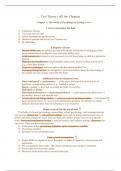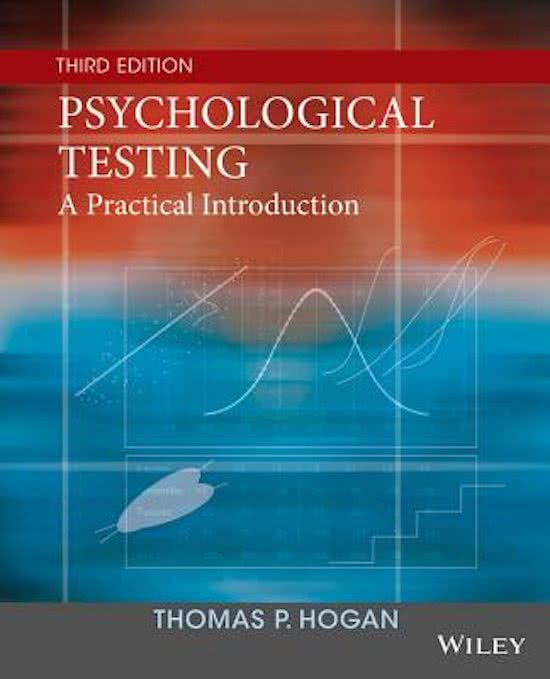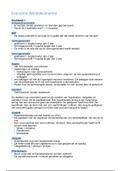Samenvatting
Samenvatting Psychological Testing - Test theory (PSBE2-06)
- Vak
- Instelling
- Boek
This document is a comprehensive summary of test theory, exploring various models and theories of intelligence. It delves into hierarchical models such as the Gf-Gc theory, Vernon’s model, and Carroll’s three-stratum theory. Additionally, the document covers psychometric and developmental theor...
[Meer zien]





